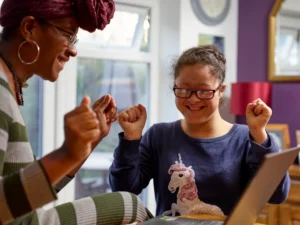At Shapiro BrainHealth Group, I believe in the power of focusing on strengths. It’s the cornerstone of our approach when working with children, adolescents, and adults. You may have heard of a strengths-based approach, but what does it really mean? And why is it so important when it comes to neuropsychological evaluations?
In this post, I’ll explain how I incorporate a strengths-based approach into my work and why it is critical for any and everyone to succeed.
What is a Strengths-Based Approach?
A strengths-based approach is all about focusing on what someone does well instead of just what they struggle with. It’s easy to get caught up in labels and diagnoses, but I believe in the power of seeing the whole person—not just the challenges they face. As a neuropsychologist, my job isn’t just to figure out what’s “wrong” with someone’s brain or behavior.
It’s to understand how their brain works, how they think, how they learn, and what makes them feel confident and successful. We all know that each person is different—show me 10 kids with the same behavior, and I’ll show you 12 reasons why they might be acting that way. By focusing on a student’s strengths, we can create an environment where they are more likely to thrive, leading to better outcomes in school, at home, and in their social lives.
Why Is a Strengths-Based Approach So Important?
Empowering Students to Succeed
When the focus is primarily on what they’re not doing well, it can become discouraging. A strengths-based approach flips the script by focusing on the things they are good at. This shift in perspective can be transformative.
It builds confidence, self-esteem, and the motivation to keep trying, even when things get tough.
It’s All About Fit
Sometimes, students struggle not because they lack ability, but because the environment or educational system doesn’t align with their strengths. Whether it’s the teaching style, classroom environment, or the way behavior is managed, a student may not thrive simply because the setting doesn’t fit their unique way of thinking and learning. That’s why many students sometimes stop trying, too; after all, why bother?
Imagine trying to get a fish to play basketball—it just isn’t a good fit. The same goes for kids. My job is to figure out how to set them up for success by understanding what they’re good at and finding the right fit, whether that’s a different classroom setting, a different teaching strategy, specific interventions, or additional accommodations.
Fostering Resilience and Coping Skills
Emphasizing strengths also teaches children and teens valuable coping strategies. For example, if a child struggles with writing but is exceptionally creative, artistic and visual strengths to develop alternate approaches to demonstrate learning. Instead of just focusing on fixing the problem, we build on what they already do well to help them overcome challenges.
How I Use a Strengths-Based Approach at Shapiro BrainHealth Group
When we work with individuals, families, and schools, I take a comprehensive approach to neuropsychological testing. It’s not just about diagnosing a problem; it’s about understanding the whole person and how they interact with the world around them. Some specific ways in which we incorporate strengths-based approaches in evaluations:
Identifying Cognitive Strengths
I look at how an individual’s brain works, whether it’s their memory, problem-solving abilities, or creativity. Identifying these strengths is crucial because it allows me to suggest strategies and interventions that align with what they already do well.
Understanding Emotional and Social Strengths
Social skills, emotional intelligence, and self-regulation are often overlooked in traditional evaluations, but they play a huge role in one’s success. I make sure to consider these strengths as part of the overall evaluation.
Collaborative Approach
I work closely with individuals of all ages, along with their families, teachers, and other professionals to develop a post-testing plan that builds on an individual’s strengths. The goal is to create a comprehensive support plan that helps them succeed academically, socially, emotionally, and vocationally. Whether that’s through strategies, accommodations, interventions, or behavioral support, I ensure that the recommendations are personalized and meaningful.
The Power of Neurodiversity and Strengths
Neurodiversity is the concept that every brain is different, and that’s something I firmly believe in. It was ingrained in my training as a neuropsychologist. Just because an individual’s brain works differently doesn’t mean they don’t have value or aren’t capable of success.
Every person of any age has unique strengths that can be leveraged to help them succeed in the world. Sometimes someone’s brain works in such a way that it rises to the level of a diagnosis—like ADHD, autism, or a learning disability. But that doesn’t mean their brain is broken.
It just means we need to understand how they think and learn in order to provide the best support possible.
Final Thoughts: A Future of Success and Fulfillment
In the end, a strengths-based approach is about helping children, teens, and adults to feel empowered. By focusing on their strengths, we help them build resilience, confidence, and a sense of accomplishment. It’s not about making everything easy or handing out participation trophies—it’s about helping everyone feel that they can be successful in their own unique way.
If you’re interested in learning more about how we can help you, your team, or your child succeed using a strengths-based approach, visit my website at www.brainhealthpllc.com. Together, we can unlock each person’s full potential and create a path toward success!








